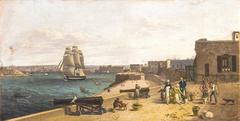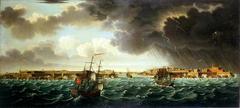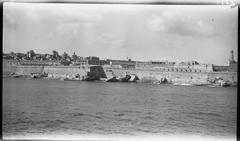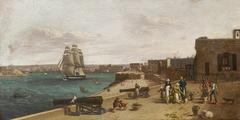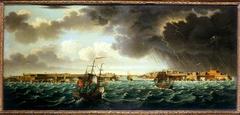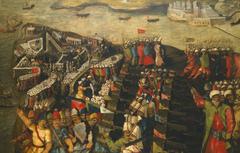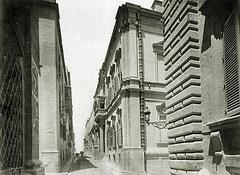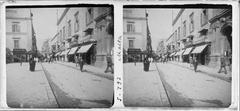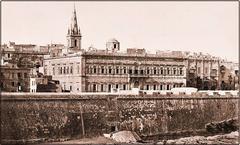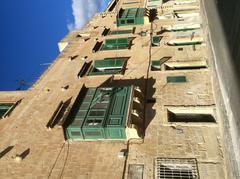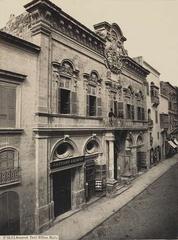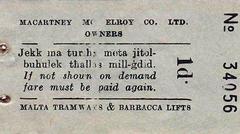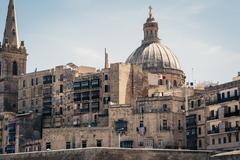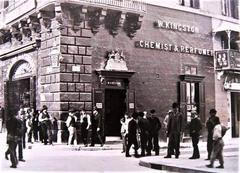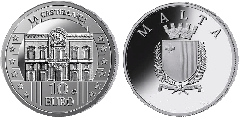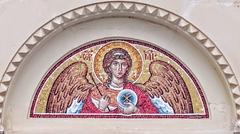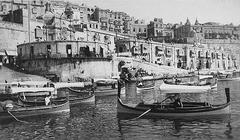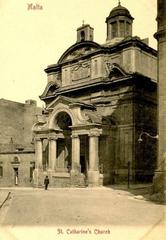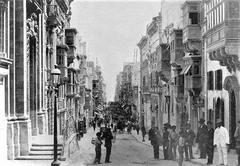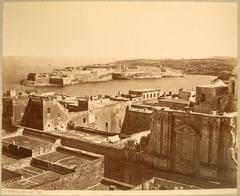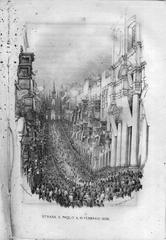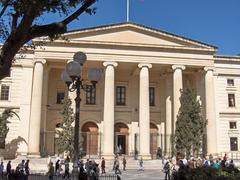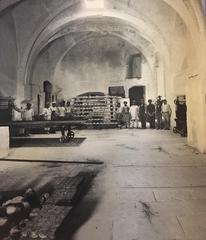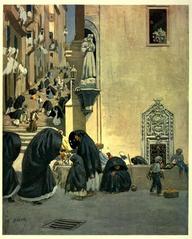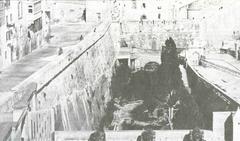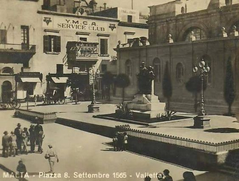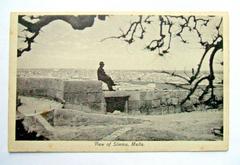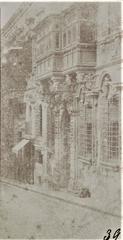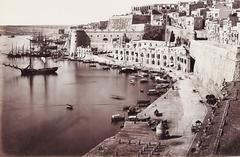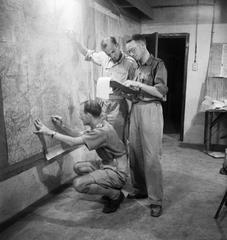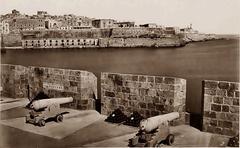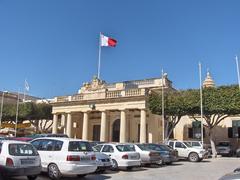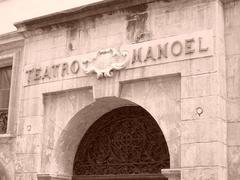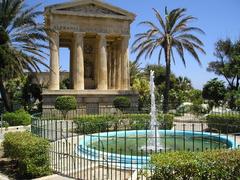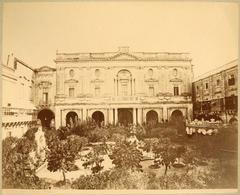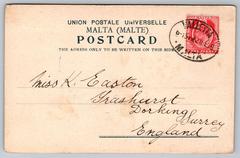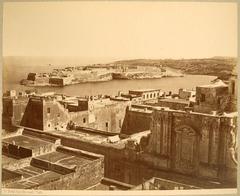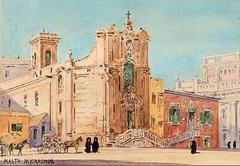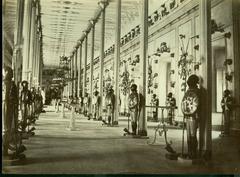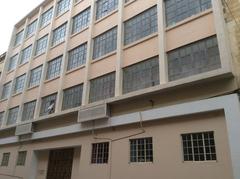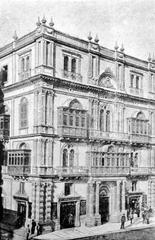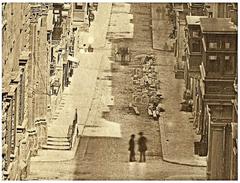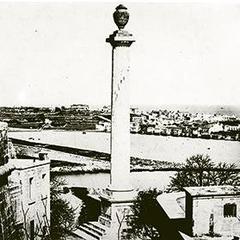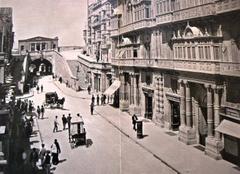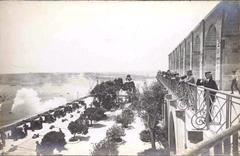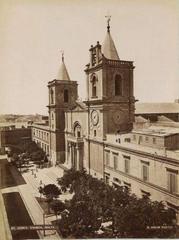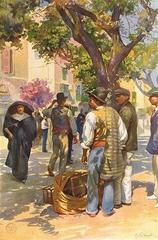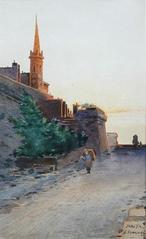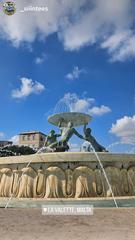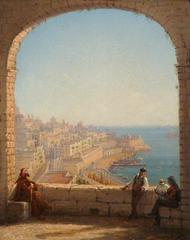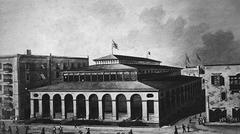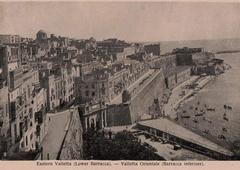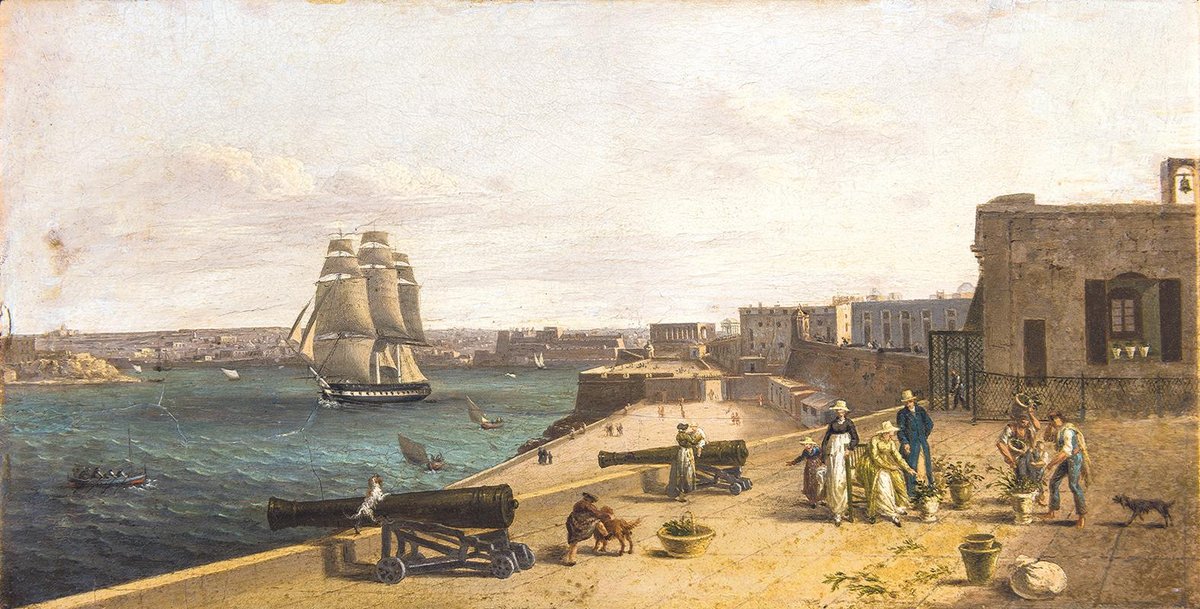
Fort Saint Elmo Valletta, Malta: Visiting Hours, Tickets, and Historical Site Guide
Date: 2025-07-03
Introduction
Fort Saint Elmo is one of Malta’s most iconic landmarks, standing sentinel at the tip of Valletta’s Sciberras Peninsula and commanding the entrances to both the Grand Harbour and Marsamxett Harbour. With a history spanning over six centuries, the fort has played a crucial role in Malta’s military and cultural narrative. From its origins as a medieval watch post to its pivotal role in the Great Siege of 1565 and adaptation through the British era and World Wars, Fort Saint Elmo’s star-shaped bastions and imposing ramparts embody resilience and ingenuity. Today, the fort is not only a monument to Malta’s storied past but also a vibrant cultural venue, housing the National War Museum and offering panoramic views, guided experiences, and special events for visitors. This guide provides a detailed overview of Fort Saint Elmo’s history, architecture, visiting hours, ticketing, accessibility, and travel tips, helping you make the most of your visit to this UNESCO World Heritage treasure (Spotting History, Heritage Malta, GuideMeMalta).
Contents
- Early Strategic Importance and Foundations
- Architectural Evolution and the Great Siege
- Post-Siege Expansion and Later Military Roles
- Modern Era: Restoration and Cultural Significance
- The National War Museum: Layout and Highlights
- Visiting Information: Hours, Tickets, Accessibility
- Travel Tips and Nearby Attractions
- FAQs
- Enduring Legacy
- References
Early Strategic Importance and Foundations
Fort Saint Elmo’s commanding position at Valletta’s tip has shaped its destiny for centuries. The first recorded military use dates to 1417, when a watch post was established to monitor the harbors. By 1488, the Aragonese built a watchtower dedicated to Saint Erasmus (Saint Elmo), the patron saint of sailors—an apt protector for a maritime fortress (Malta Life). When the Knights of St. John arrived in 1530, they recognized the vulnerability of Malta’s harbors and reinforced the tower in 1533. However, a devastating Ottoman raid in 1551 exposed the need for a stronger fortification, prompting Grand Master De Homedes to commission a new fortress (Malta Uncovered).
Architectural Evolution and the Great Siege
Construction and Defensive Innovation
Construction of the new Fort Saint Elmo began in 1552 under military engineer Pietro Pardo and Knight Fra Leone Strozzi. The fortress was completed in a remarkable six months, featuring a star-shaped design that minimized blind spots and maximized defensive firepower. Key features included a cavalier, covertway, tenaille, and last-minute additions like a ravelin to bolster its defenses (Heritage Malta, Spotting History).
The Great Siege of 1565
Fort Saint Elmo’s defining moment came during the Great Siege of Malta in 1565, when the Ottoman Empire launched a massive assault against the island. With an estimated 30,000–40,000 Ottoman troops facing a defending force of around 6,000—including just 400 Knights—the fort bore the brunt of the initial attack. For nearly a month, the defenders held out, inflicting heavy casualties (over 4,000 Ottoman soldiers lost their lives) before the fort fell on June 23, 1565 (The Wanders, Introducing Malta). This heroic resistance delayed the Ottoman advance, allowing the remaining fortifications to prepare and ultimately contributing to Malta’s survival and the siege’s failure (SMOM Info).
Post-Siege Expansion and Later Military Roles
After the siege, the Knights immediately set about rebuilding and expanding Fort Saint Elmo, integrating it into Valletta’s new city plan designed by Francesco Laparelli. Additions such as the Vendôme Bastion (1614) and Carafa Enceinte (1687) strengthened the fort’s defensive network (TripJive). By the late 17th century, the fort was fully integrated into Valletta’s formidable ring of fortifications (Heritage Malta).
During British rule, the fort was upgraded for modern artillery and military technologies, and its role as a key defensive position continued through both World Wars. On June 11, 1940, Fort Saint Elmo was the first site in Malta to be bombed during WWII. Throughout the war, the fort served as a command center and symbol of Maltese resilience. The George Cross, awarded by King George VI in 1942 to the people of Malta, is now displayed in the museum within the fort (Malta Uncovered).
Modern Era: Restoration and Cultural Significance
After the departure of the Royal Malta Artillery in 1972, the fort’s military function ceased. Recognizing its historic value, restoration efforts began in the early 21st century, with the World Monuments Fund spotlighting the site in 2008 and major works completed by 2015 (TripJive). Fort Saint Elmo is now a cornerstone of Valletta’s UNESCO World Heritage status and a vibrant cultural venue. It hosts events such as the Mediterranean Literature Festival and significant international gatherings, blending Malta’s martial legacy with contemporary creativity (Dune Journey).
The National War Museum: Layout and Highlights
Museum Overview
The National War Museum is housed within the fort’s barracks, spanning seven thematic sections that chronologically trace Malta’s military history—from the Bronze Age to WWII and beyond (GuideMeMalta).
Key Exhibits
- The George Cross: Awarded to Malta in 1942 for bravery during WWII, displayed alongside King George VI’s letter.
- Gloster Sea Gladiator “Faith”: The sole survivor of the trio of biplanes (“Faith, Hope, and Charity”) that defended Malta in 1940.
- SS Ohio and Operation Pedestal: Multimedia displays recount the critical 1942 convoy that helped sustain Malta during siege.
- Medieval and Early Modern Weaponry: Swords, muskets, and armor from the Knights’ era.
- Vehicles and Artillery: Anti-aircraft guns, military vehicles, and naval artifacts.
- Prisoner of War Artifacts: Creative works made from bomb debris by German POWs.
Notable Features
- Chapel of St Anne: A site of spiritual and historical significance, marking the last stand of the Great Siege defenders.
- Casemates: Offering panoramic views of the Grand Harbour.
- Interactive Displays: Multimedia exhibits and family-friendly activities.
Visiting Information: Hours, Tickets, Accessibility
Opening Hours
- April to September: Daily, 9:00 AM–6:00 PM (last admission 5:30 PM)
- October to March: Daily, 9:00 AM–5:00 PM (last admission 4:30 PM)
- Closed on select public holidays (GuideMeMalta)
Tickets
- Adults: ~€10
- Seniors/Students: ~€7
- Children under 12: Free
- Multi-site passes are available for those visiting multiple Heritage Malta sites (Heritage Malta).
- Tickets can be purchased online or at the entrance.
Accessibility
- Wheelchair access is provided to main exhibition areas and ramps are installed, though some historic sections may be challenging.
- Audio guides available in multiple languages.
- Contact Heritage Malta for specific accessibility needs.
Travel Tips and Nearby Attractions
Getting There
- Location: Tip of Valletta’s peninsula; short walk from Republic Street and Valletta’s bus terminal.
- Public Transport: Frequent bus connections from across Malta.
- Parking: Limited on-site; public car parks on Valletta’s periphery.
Facilities
- Restrooms, café, and gift shop on-site.
- Guided tours in multiple languages (advance booking recommended in peak season).
- Family-friendly features and interactive exhibits.
Best Times to Visit
- Early morning or late afternoon: Avoid peak crowds and summer heat.
- Weekdays: Less crowded than weekends or public holidays.
What to Bring
- Comfortable footwear for uneven surfaces.
- Sun protection (hat, sunscreen, water).
- Camera for panoramic views.
Nearby Attractions
- St. John’s Co-Cathedral
- Grandmaster’s Palace
- Upper Barrakka Gardens
- Lascaris War Rooms
- Numerous cafés and restaurants within walking distance (Grumpy Camel).
FAQs
Q: What are Fort Saint Elmo’s opening hours?
A: Open daily, 9:00 AM–6:00 PM (summer) or 9:00 AM–5:00 PM (winter), with last entry 30 minutes before closing.
Q: How much are tickets?
A: Adult tickets are ~€10; discounts for seniors, students, and children. Multi-attraction passes available.
Q: Is the fort wheelchair accessible?
A: Main museum areas are accessible; some historic sections may be challenging.
Q: Are guided tours available?
A: Yes, guided tours and audio guides are offered daily.
Q: Are there special events?
A: Yes, including historical reenactments, open-air concerts, and themed exhibitions, especially in summer.
Q: What are nearby attractions?
A: St. John’s Co-Cathedral, Upper Barrakka Gardens, Grandmaster’s Palace, and more.
Enduring Legacy
Fort Saint Elmo is a living monument to Malta’s resilience and strategic importance. Its star-shaped bastions, battered walls, and panoramic ramparts tell the story of centuries of conflict, adaptation, and cultural evolution. Today, as you walk its storied corridors or gaze out over the Grand Harbour, you experience a chapter of European history brought vividly to life (Introducing Malta, Malta Life, Forbes, Grumpy Camel).
References
- Heritage Malta – Fort Saint Elmo & National War Museum
- Forbes – Malta to Spotlight Destinations Tied to Its Rich Military History
- GuideMeMalta – Must-Visit: The National War Museum at Fort St Elmo
- Grumpy Camel – Malta Insider Tips
- Spotting History – Fort St Elmo
- Malta Uncovered – Fort St Elmo
- TripJive – Explore Fort St Elmo in Valletta
- Dune Journey – Fort St Elmo: A Journey Through Malta’s Militant Past
- SMOM Info – Fort St Elmo Valletta
- Malta Life – Historical Tales Behind Fort St Elmo
- The Wanders – Fort St Elmo
- Introducing Malta – Fort Saint Elmo
For further travel tips, historical insights, and guided tours, download the Audiala app and follow us on social media for the latest updates and events at Fort Saint Elmo and across Malta.
